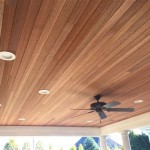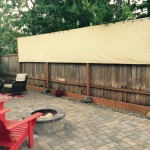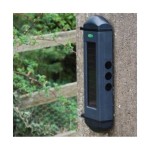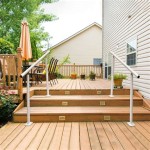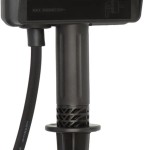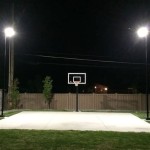Essential Aspects of Simple Outdoor Dog House Plans
Providing a comfortable and protective shelter for your canine companion is crucial for their well-being. While there are numerous pre-made dog houses available, building one yourself can be a rewarding and cost-effective alternative. Here's a comprehensive guide to crafting simple outdoor dog house plans that will keep your furry friend safe and cozy.
1. Determine the Size and Style
Consider the size and breed of your dog when determining the appropriate dimensions for your dog house. The house should be spacious enough for your dog to comfortably stand, turn around, and lie down, but not so large that it becomes drafty. Various styles are available, from classic gable-roofed houses to modern A-frame designs. Choose a style that complements your backyard aesthetics.
2. Select Durable Materials
Outdoor dog houses are exposed to various weather conditions, so it's essential to use durable and weather-resistant materials. Pressure-treated lumber is a popular choice due to its resistance to rot and insects. Cedar and redwood are also excellent options known for their natural durability and resistance to decay. Avoid using materials that may splinter or absorb moisture, such as untreated wood or particleboard.
3. Provide Insulation
Insulating your dog house will help regulate temperature, keeping your dog warm in winter and cool in summer. Foam insulation, fiberglass batts, or straw can be effectively used to insulate the walls, floor, and roof. Ensure that the insulation is properly installed to prevent gaps or drafts.
4. Consider Ventilation
Adequate ventilation is essential for preventing moisture buildup and maintaining a healthy air quality inside the dog house. Incorporate vents into the design, such as holes or screened openings in the walls or roof. Properly placed vents allow for air circulation without causing drafts.
5. Choose a Suitable Roofing Material
The roofing material should protect against rain, snow, and sunlight. Asphalt shingles, metal roofing, or weather-resistant composite materials are commonly used for dog houses. Ensure that the roof has a slight slope for proper drainage.
6. Add a Floor
A raised floor helps keep your dog clean, dry, and protected from ground moisture. Use pressure-treated lumber or plywood and ensure that the floor is slightly elevated to prevent water accumulation.
7. Consider a Porch or Roof Overhang
A covered porch or roof overhang provides additional protection from the elements. The porch can serve as a shady spot for your dog to relax, while the roof overhang prevents rain or snow from directly entering the house.
8. Choose the Right Location
Position the dog house in a sheltered area that receives partial shade. Avoid placing it in low-lying areas where water may collect or in areas with strong winds. Ensure that the location is easily accessible for both your dog and for cleaning and maintenance.

Diy Doghouse Gazebo
:strip_icc()/IMG_2589-5a202f1c7d4be800191a3845.jpg?strip=all)
14 Free Diy Dog House Plans Anyone Can Build

13 Diy Doghouse Plans And Ideas The House Of Wood

Diy Double Door Dog House

Easy Diy Dog House Plans Outdoor

Easy To Build Diy Outdoor Pet House For Cats Or Dogs

40 Free Diy Pallet Dog House Plans And Ideas Outdoor
:strip_icc()/lowes-free-dog-house-plans-5829ecd23df78c6f6a1a00e7.jpg?strip=all)
14 Free Diy Dog House Plans Anyone Can Build

8 Diy Dog House Ideas For Crafty Pas

10 Diy Dog Houses So Amazing You Ll Wish Lived In Them Cool House Homemade
Related Posts

